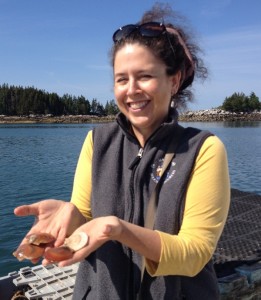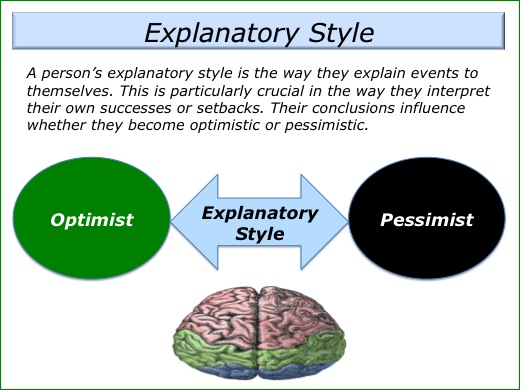What’s Your Handstand?
While I hope you take in the message in this post, I am also sharing it as an example of using an analogy to dramatize a point and–hopefully–make it “stickier.”
 I’ve been reading Peter Bregman’s excellent book 18 Minutes: Find Your Focus, Master Distraction, and Get the Right Things Done, which blends compelling “slice of life” stories with wise lessons. I highly recommend it.
I’ve been reading Peter Bregman’s excellent book 18 Minutes: Find Your Focus, Master Distraction, and Get the Right Things Done, which blends compelling “slice of life” stories with wise lessons. I highly recommend it.
You know that saying “You had me at ‘Hello’”? Well he had me at the chapter title: “Anyone can do a handstand.” In that chapter, he talked about the process of learning how to do handstands as an adult.
I loved reading about that because I too wanted to learn how to do a handstand as an adult. In fact a few years ago when I got intensely involved in improving my fitness and athleticism, one of my goals was (and is) to be able to walk on my hands. I haven’t gotten there yet, but I can do a handstand and hold it for several seconds before tipping over.
Enough About Me…What About You…
Before I tell you about the process I went through, I want to ask you to think about something you would like to be able to do, but at the moment, you believe is beyond your ability.
Perhaps it was a job or career change.
Perhaps learning to paint, play guitar, or run a marathon.
Maybe it was speaking up in situations where you would typically stay silent.
Maybe you tried this thing—whatever it might be—once and failed miserably. You felt shaky and awkward.
And maybe you gave up because you “knew” you were not cut out for it.
Just think about that for a few moments….
OK, Back to Practicing Handstands…
When I first started practicing doing handstands, I would place my hands about 6-8 inches from the wall and then try to hurl my legs and torso overhead. Sometimes, the feeling that I would flip over backwards would be so strong, I would give only a feeble try. I didn’t go for it with abandon.
Even though rationally I knew I wasn’t going to fall over backwards because the wall was there, at a primal level, it felt like that could happen. My body was telling me “Don’t do that, it’s dangerous.”
What Irrational Fears Hold You Back?
As I sit here now writing this, it makes me think of all the primal, irrational fears we let hold us back.
I gradually overcame that primal, irrational fear simply through continuing to try. Finally, I was able to fling my legs upwards without hesitation, making my feet slam against the wall in a decidedly non-acrobatic way.
As I held the handstand, my shoulders would wobble under the strain. Even though at that point I had built up significant muscle strength with my regular workouts, the exercises I was doing had not built up the stabilizer muscles required to hold the handstand position. I could feel those muscles quivering under the strain. It felt like my body was going to come crashing straight down through my shoulder joints, with my head leading the way.
This went on for a couple of months. This awkward, flinging myself upward, feeling vulnerable state.
Then, things started changing.
What had been feeling awkward gradually felt natural. I could lift up into a handstand without having to hurl myself up against the wall. My shoulder stabilizer muscles were easily up for the task. I could even do partial handstand push-ups, and then a full handstand push-up. I could also do freestanding handstands. Even though, as I mentioned, I’m only able to stay balanced and upright for a few seconds at a time, it’s a far cry from when I started.
And someday…I’ll be able to walk on my hands.
Haven’t You Had Experiences Like This?
Think of times in your life you believed you weren’t able to do something, but slowly, wobble by wobble, you got better and better, stronger and stronger.
You’ve done it before. You can do it again.
+++++++++++++++++++++++++++++++++++++++++++++++++++++++++++++++++++++++++
Oh, BTW…if you’re wondering “And you want to do this…why?” it’s from getting involved in various intense exercise programs like Tacfit, Convict Conditioning, other bodyweight training programs, and kettlebell training. Seeing the amazing acts of athleticism and grace demonstrated by these practitioners has made me want to do the work required to enjoy experiencing what our bodies can do. If you’ve ever watched an amazing athlete and thought “It would be so cool to do that” that’s what made me think I would like to do some version of that.
+++++++++++++++++++++++++++++++++++++++++++++++++++++++++++++++++++++++++++
Back To You Again…So What’s Your Headstand Right Now and How Can You “Throw Your Legs Up Against the Wall”?
OK, enough about me. I wrote this for you.
Let’s go back to that thing you have been telling yourself you cannot do, or that it’s too scary to do.
What simple, wobbly step can you take?
What would be your equivalent of hurling yourself upward against the wall?
What wall could you use that would make that step feel safe enough to try?
What can you do to make it a “baby step” as in “Baby steps Bob, baby steps” from the movie What About Bob?
How about taking that step now or…if you can’t because you’re not in a context where it’s appropriate or possible…promise to make that step then next time you are in the context where you can.






